Thrace, Greece, is where the cultures of the East and West come together in ways I never expected. The hills are green. The villages feel small and real, and the air carries hints of ancient stories.
I wandered through markets where Greek and Ottoman influences blend in food, music, and even the language people use. My time in Thrace opened my eyes to a side of Greece that most travelers just don’t see.
It’s not only about beaches or ruins here. With each step, I could feel how history and tradition shaped the people and the land. Exploring this region let me experience a cultural mix you just won’t find anywhere else in Greece.
If you’re looking for somewhere that feels both familiar and totally different, Thrace just might be the answer. Let me take you through what made this place stick in my memory—from hidden mountain trails to the warmth in every conversation with people who call Thrace home.

Discovering Thrace: At the Gateway of East and West
Thrace sits far in the northeast of Greece, right where Europe nudges up against Asia Minor. The Mediterranean trades secrets with the Black Sea here. This region stands as a living crossroads, packed with history, myths, and cultures that mix in ways I didn’t expect.
A Land Steeped in Ancient Legends
As I walked through Thrace, stories seemed carved into every hillside and whispered through the woods. The ancient tribes who lived here—the Thracians—believed in mysterious gods. They built tombs that still hide under grassy hills.
Key legendary sites:
- Samothrace Island: An ancient sanctuary with mystical rituals.
- Rhodope Mountains: Echoes of Orpheus and the myth of Eurydice.
Ruins dot the land—fortresses, oracle sites, and more. Every day, I felt close to the heroes and mythical figures who filled Greek imagination.
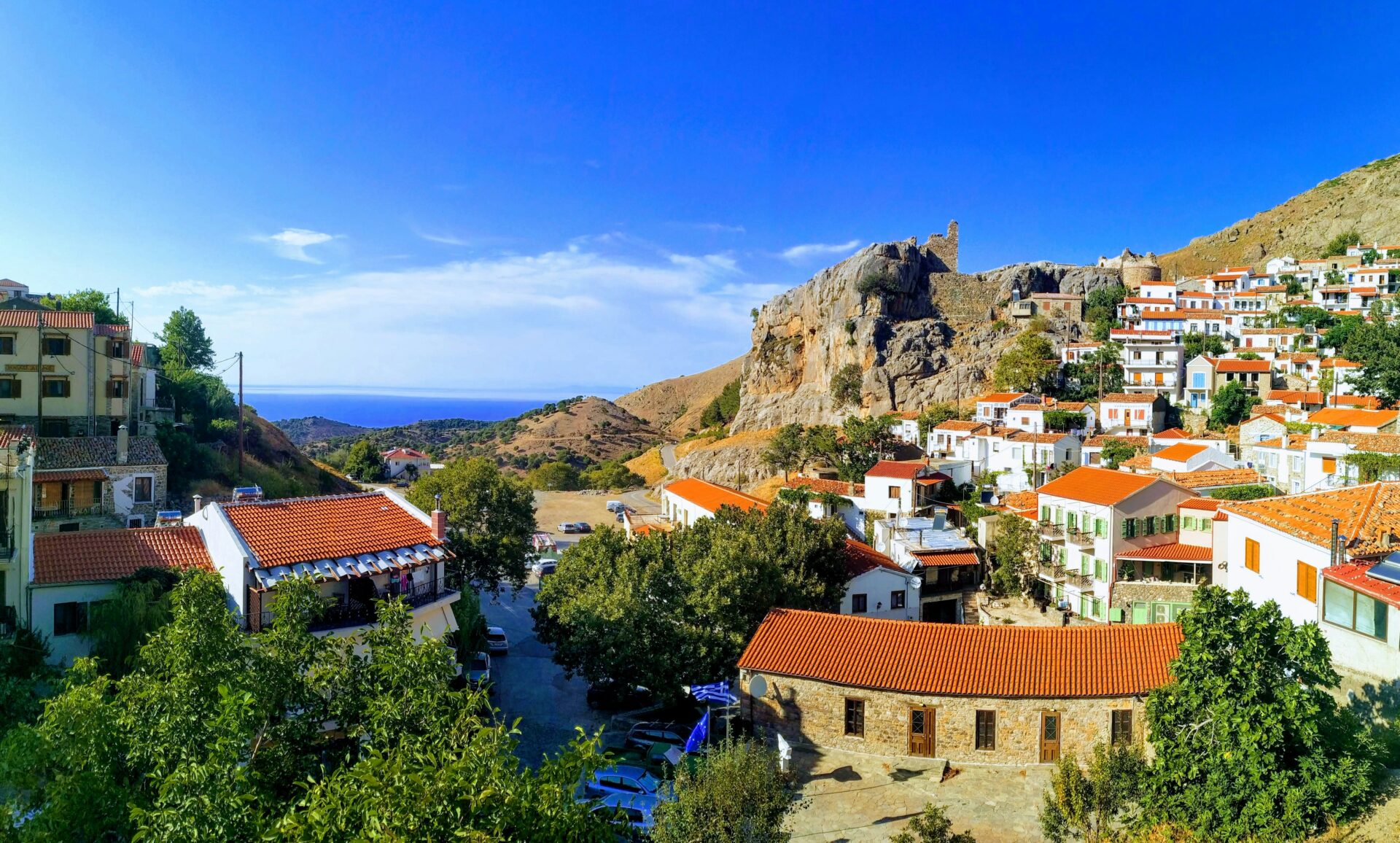
Where Borders Blur: Thrace and Its Neighbors
Standing in Thrace, I looked east and could almost see where Greece, Turkey, and Bulgaria meet. Past empires—Roman, Byzantine, Ottoman—left their marks here, and you can still spot them.
This region is a real mix:
- Greek villages with Orthodox churches
- Turkish-influenced food and mosques
- Traditions from Asia Minor
While I traveled between towns, I tasted baklava with Greek coffee. I heard Greek, Turkish, and Bulgarian—sometimes all at the same market stall. It honestly felt like a living border, where Europe slowly turns into Asia.
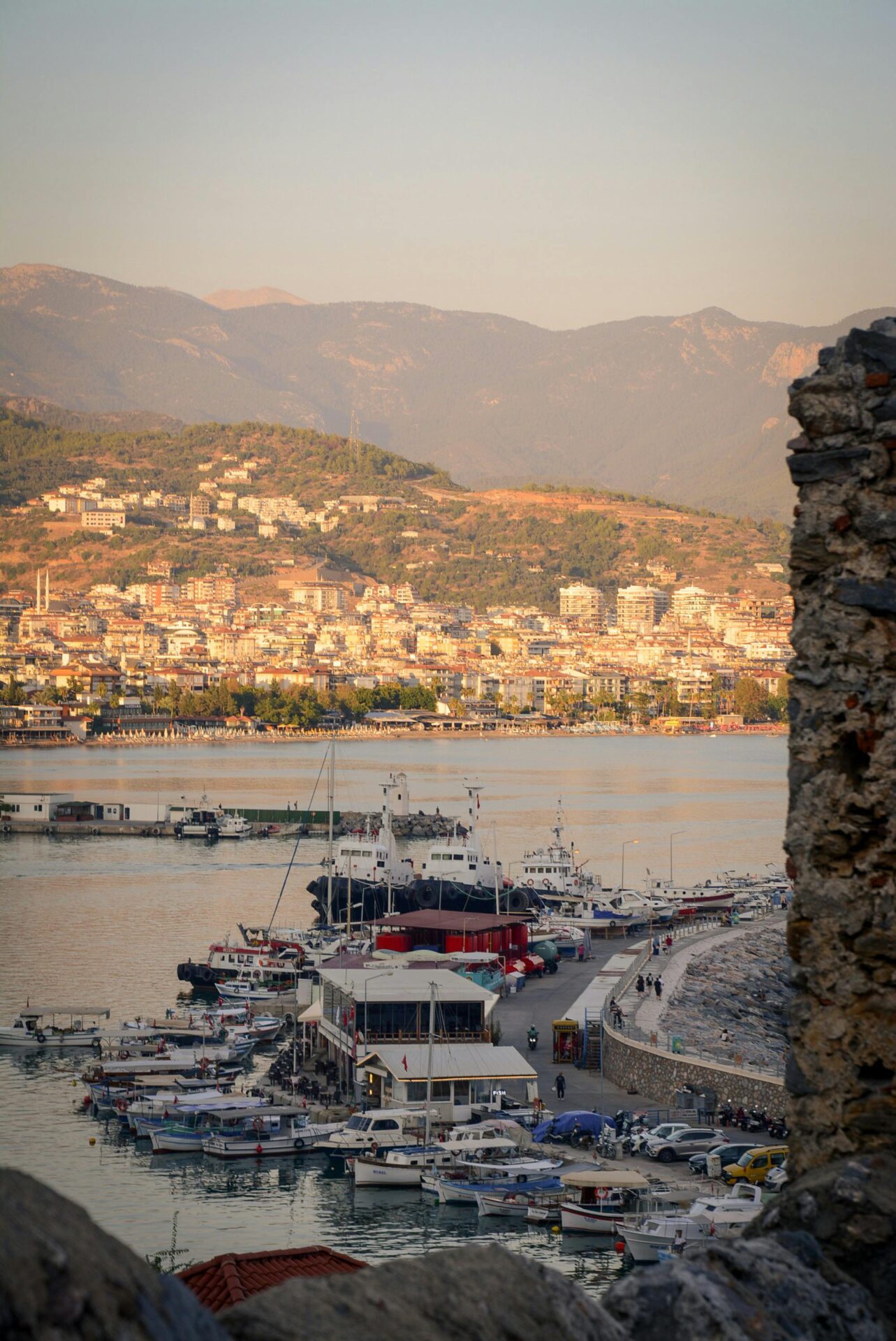
Thrace in the Greek and Roman Imagination
The Romans called Thrace Thracia, a province stretching toward Turkey and deep into the Balkans. Greeks and Romans both saw Thrace as wild and beautiful—a land just beyond the city walls where stories began.
Writers talked about the fierce independence of the Thracians. Some emperors, like Maximinus Thrax, actually came from these rugged lands. Greek poets raved about the region’s wine, music, and wild gods.
As I explored, standing in ruined amphitheaters or along old roads, I pictured ancient traders, soldiers, and philosophers walking the same paths. Even now, that sense of being at the edge of old empires feels strong and unforgettable.
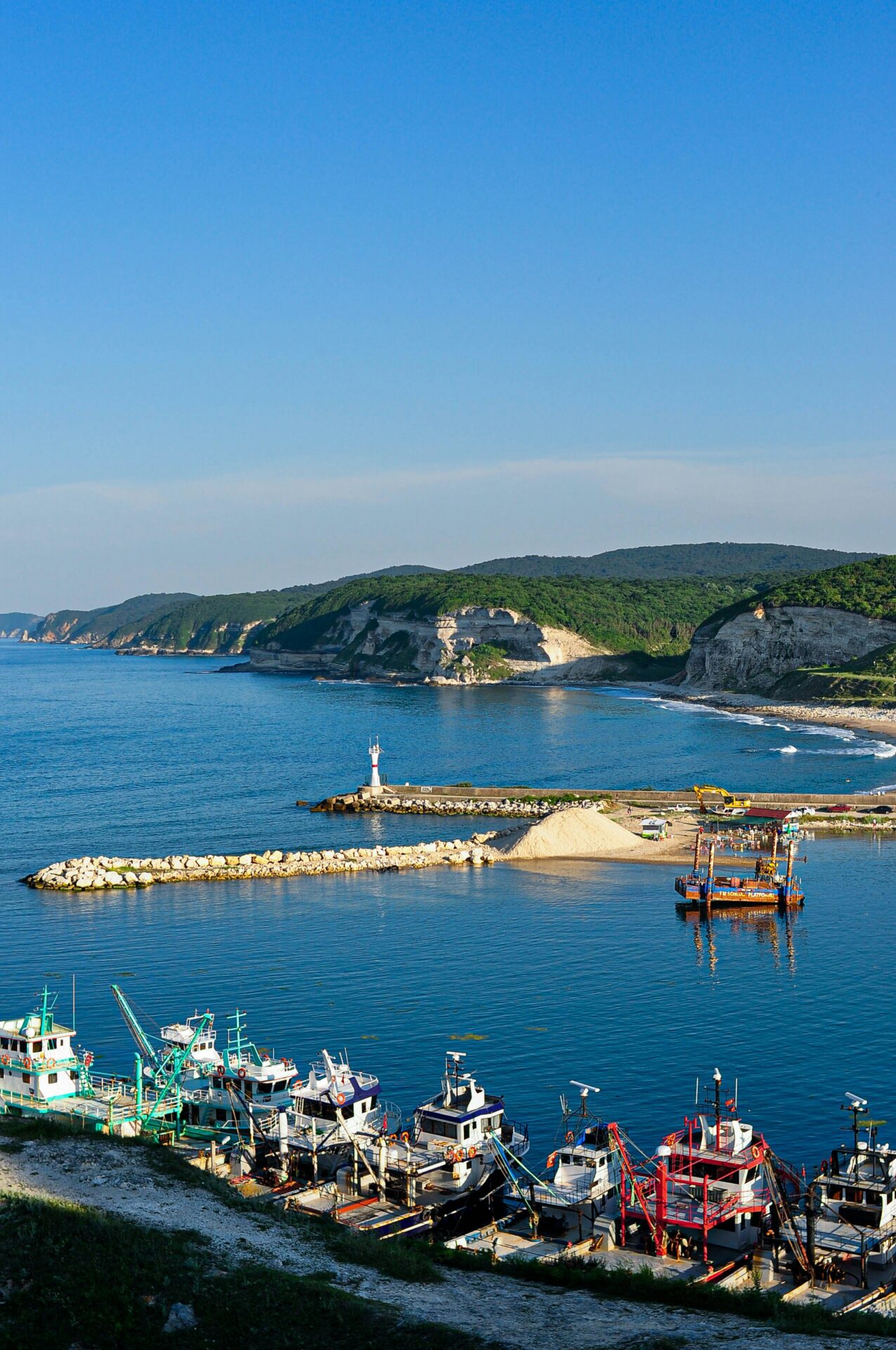
Tracing History’s Footsteps Through Thrace
Walking through Thrace, I felt like I’d stepped into a living museum. Stories leap out of ancient ruins, heroic legends, and quiet valleys where key battles shaped the future.
From Bronze Age Beginnings to the Age of Heroes
My adventure in Thrace started where some of Greece’s earliest settlers built their homes. People have lived here since the Bronze Age, leaving behind mysterious burial mounds and pottery tucked into the grassy hills.
Standing among the remains, I could almost picture days when local chiefs ruled villages and traded with nearby lands. Thrace’s history is full of ancient heroes.
Jason and the Argonauts sailed by, chasing the Golden Fleece along the coast. Orpheus, the legendary poet and musician, supposedly came from here. Some locals will even point you toward places tied to his story.

Thrace in the Persian and Greek Wars
During the Persian Empire’s rise, Thrace got caught between East and West. When Darius and Xerxes marched toward Greece, their armies passed right through here.
Looking over the plains, I imagined thousands of soldiers crossing rivers—rivers I actually waded into myself. Battles like Marathon and Thermopylae still echo in local memory.
While the biggest fighting happened further south, Thrace saw plenty of military action. Persian kings built bridges and left garrisons. Greek city-states and Thracian tribes fought hard to defend their lands or win their independence.
Ancient forts near modern Komotini really fired up my imagination as I wandered among their silent stones.
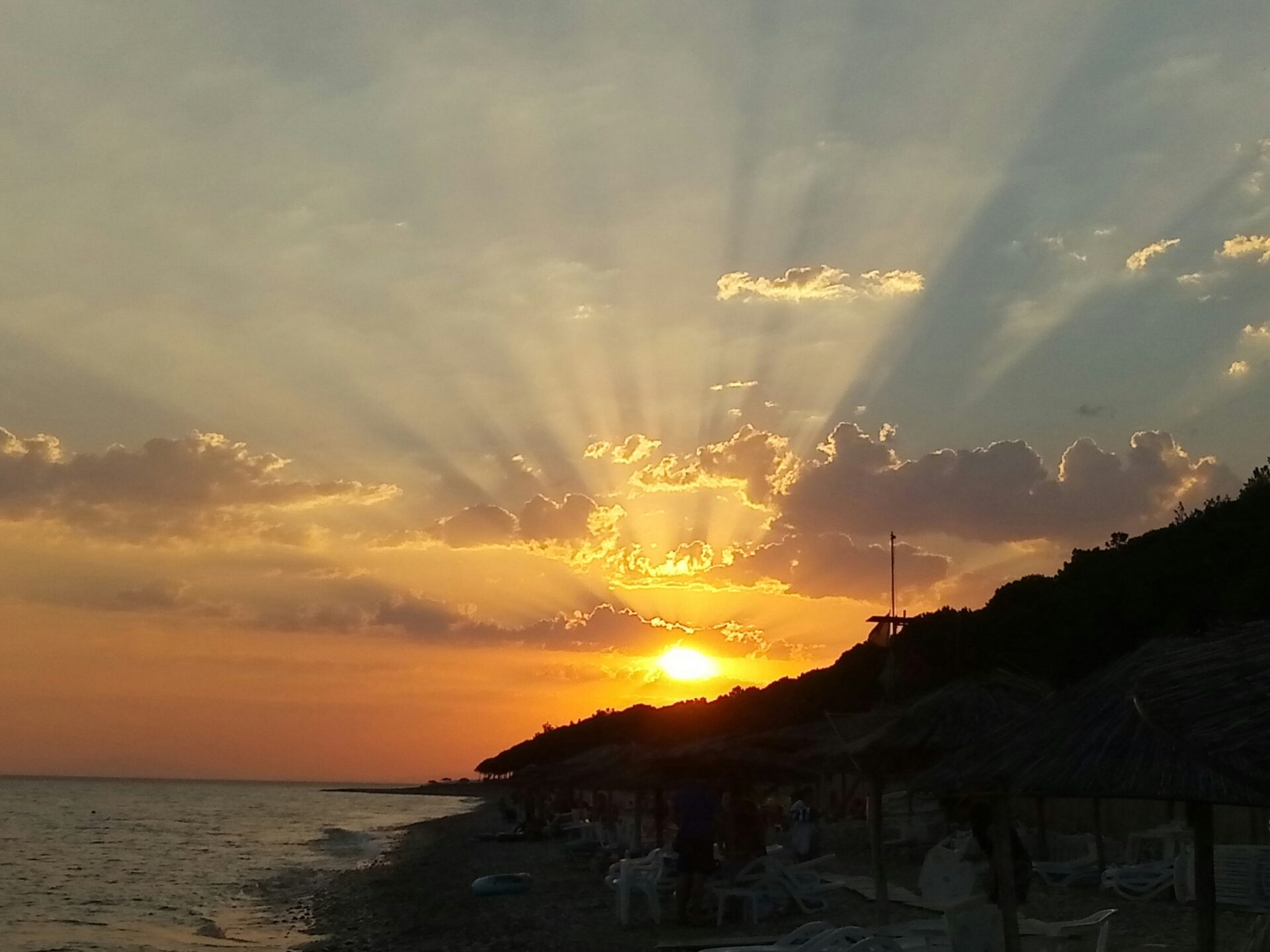
Alexander the Great and the Echoes of Conquest
Years later, Alexander the Great set out from Macedonia, his armies moving through Thrace on the way to empire. The land wasn’t just a road—conquering Thrace meant holding the gate between Europe and Asia.
In local museums, I found coins stamped with Alexander’s image and old weapons. Locals told stories about battles near Philippi and the routes Alexander’s armies carved through wild mountains.
Traveling here, I started to see how much Thrace’s past shapes its present culture. Following Alexander’s footsteps gave me a new respect for how empires rise and fall—and how those memories still guide people walking these paths now.

Mosaic of Cultures: People, Art, and Life in Thrace
Thrace feels like a living gallery where ancient cultures and modern life spin together. History, art, and daily rituals shape the pulse of this region, from its temples to its poets.
Phrygia, Lydia, and the Crossroads of Civilizations
Walking through Thrace, I could sense how its lands have been shaped by the comings and goings of different peoples. Phrygia and Lydia once pressed up against its borders. They left their mark on ruins and local legends.
This place bridged Asia Minor and Greece, which meant trade, ideas, and art flowed freely across its rivers and plains. Artifacts in Thrace show designs influenced by Phrygian and Lydian styles—like gold jewelry and mosaic floors.
When I visited a local museum, I noticed a pattern: lions, geometric shapes, and mythic scenes that echo both Eastern and Western styles. The civilizations here didn’t just clash—they blended, creating something uniquely Thracian.
Even the local language and music hold traces of these old cultures. Village festivals and crafts often have roots in customs that started way beyond modern Greece.
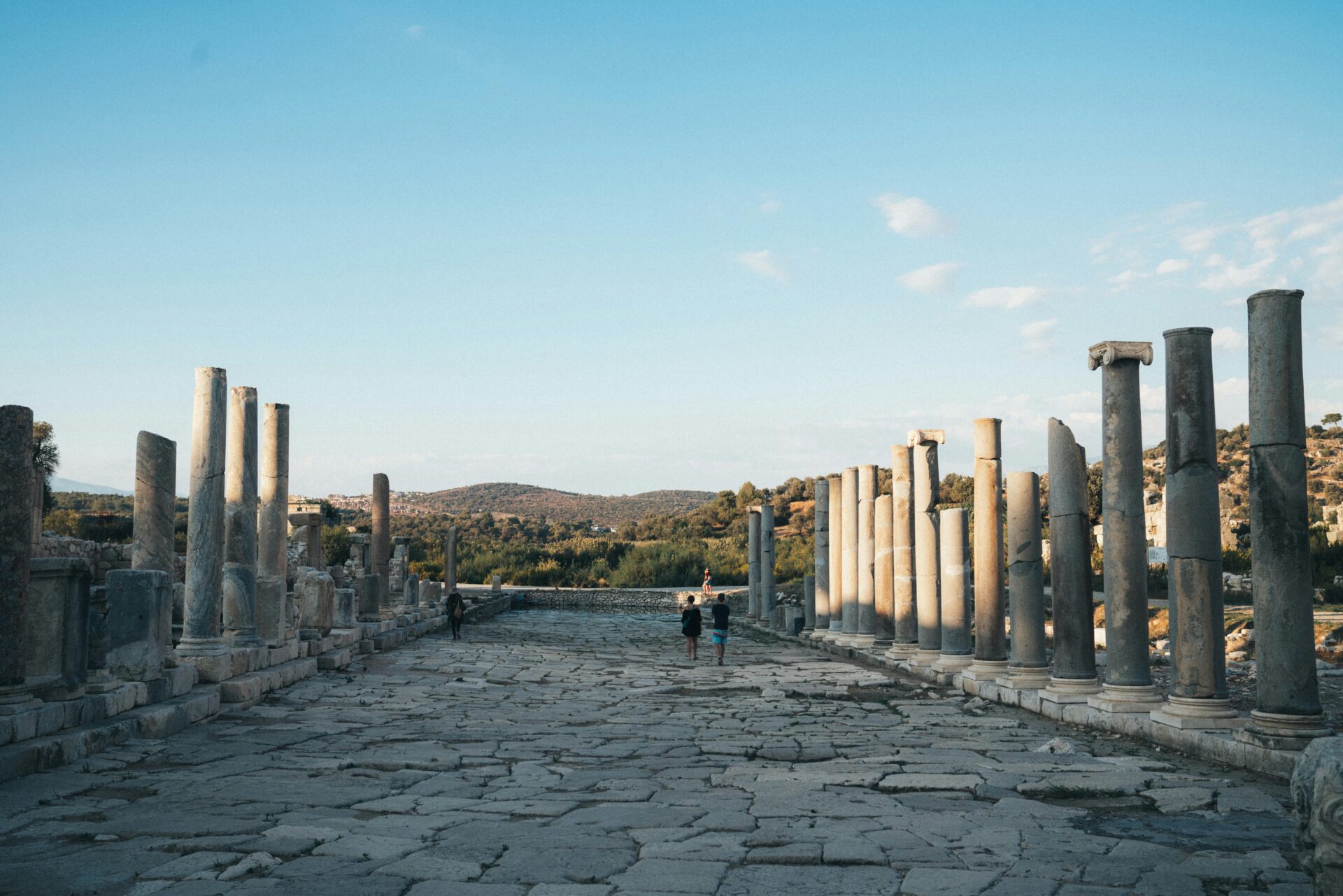
Traditions, Temples, and Modern Mysteries
Everywhere I went in Thrace, I saw the marks of sacred places. Ancient temples with weathered columns and overgrown walls still stand as quiet reminders. The sanctuary of Dionysus was a favorite—a haunting spot where stone steps meet wild grass.
The rituals may be gone, but odd mysteries linger in local stories about mythic figures who once walked there. Thrace has more than just Greek myths.
I learned about Orpheus, whose music could charm anything alive. Some villagers believe Orpheus’s spirit still touches their lives, especially during summer gatherings of music and dance. It’s almost magical, this blend of history and living custom.
Mosaic art from nearby excavations reveals the region’s connection to myth and the divine. In town squares and daily routines, I noticed small rituals—an offering of bread at a crossroads, or a flower left on a stone.
These moments connect past beliefs with daily life, reminding me that here, mystery and tradition are still in the air.

Poets, Philosophers, and Living Legacies
Thrace takes pride in its thinkers and creators. Stories of ancient poets and philosophers echo in local conversations—Orpheus, Democritus, and others. Walking through Komotini, I passed murals and cafes where students debated poetry, carrying on a very old tradition.
Literature and oral storytelling matter here. I listened as an elderly local recited lines from a regional epic, her voice full of pride. Bookshops and libraries let you trace these threads for yourself.
If you love words, keep an eye out for these little celebrations of Thrace’s literary past. Philosophical ideas quietly mingle with faith and daily challenges. The question of how to live well comes up in conversations, taught as much by example as by books.
For a traveler, this thoughtful mood creates a special feeling of being welcome, as if everyone shares in Thrace’s living fabric of ideas.

Festivals, Altars, and the Pulse of Contemporary Thrace
Festivals bring Thrace to life. These celebrations mix ancient myths, Christian traditions, and rhythms from Thrace’s many communities.
On my last night, I joined a village festival—drumbeats, fire dances, and grape harvests lit up the dark. Altars for saints or old gods still dot the countryside.
I watched locals place offerings—bread, wine, even painted eggs—on shrines at crossroads and fields. Some events, especially around Easter or harvest time, combine pagan and Orthodox traditions in surprising ways.
If you want to connect with Thrace’s living culture, don’t just visit museums. Ask locals about the next celebration.
Joining a family for a meal or helping set up a festival was where I felt the strongest beat of Thracian life. Those moments—lively, sometimes a little chaotic, always genuine—open a real window into this remarkable region.

Epic Landscapes and Timeless Stories
Thrace unfolded before me as a tapestry of dramatic nature and age-old legends. Villages cling to green mountains. The Aegean gleams beyond rolling hills, and myths echo in each gust of wind.
Mountains, Seas, and the Whispers of the Winds
From the peaks of Rhodope to the Thracian Sea’s shores, every step felt like entering a postcard. Early mornings brought fog hugging the forests and rivers. Afternoons bathed everything in clear sunlight.
Sometimes, the breeze carried a salty tang—a reminder the sea was never far. The wind here tells stories.
Locals talk about Boreas, the north wind god, who sweeps down from the mountains, making trees sway and fishermen pause. Near the coast, I imagined Aeolus, the keeper of winds, sealing and releasing gusts just out of sight.
On my hikes, I found craggy outcrops and wildflowers that seemed straight out of a myth. The landscape shifts quickly—from vineyards to pine forests to wide, golden fields meeting sapphire waves.
Each turn brought something new, making every journey across Thrace unpredictable and full of wonder.
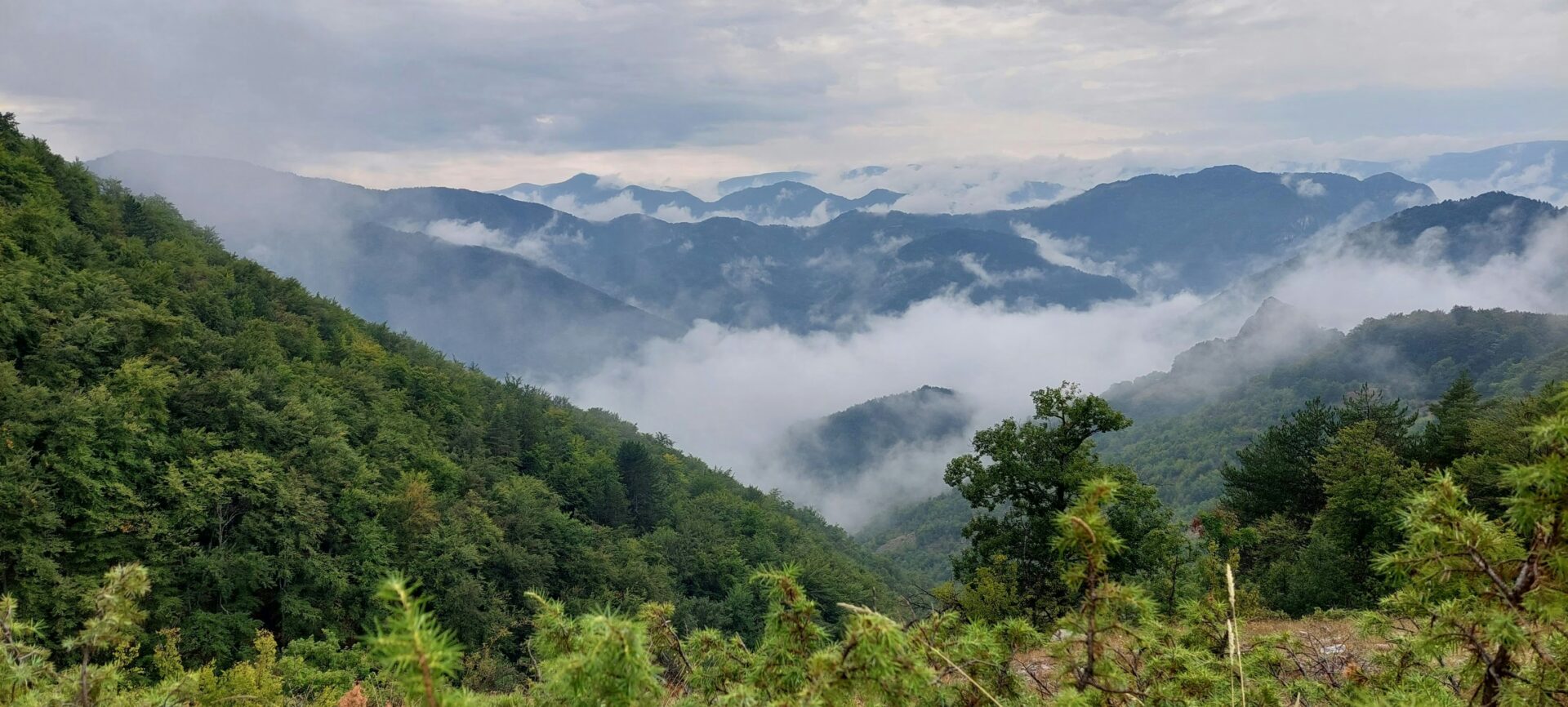
The Trials of Herakles and Thracian Myth
On ancient paths here, I felt surrounded by heroes and gods. Thrace is the backdrop for some truly dramatic stories from Greek myth—Herakles (Hercules) ventured here for his labors.
Old poets sang of his struggle with Diomedes, the Thracian king with man-eating horses. Locals love to share how Thracian land shaped these tales.
At archaeological sites, guides pointed to places where gods might have walked or fought.
List of notable connections:
- Herakles battling the horses of Diomedes
- Boreas, the North Wind, carrying off princesses
- Spirits of the forest whispered about in Thracian lore
There’s a timeless feel here. Myth and history blur together, and old stones and olive groves seem to remember every epic tale passed down through the ages.
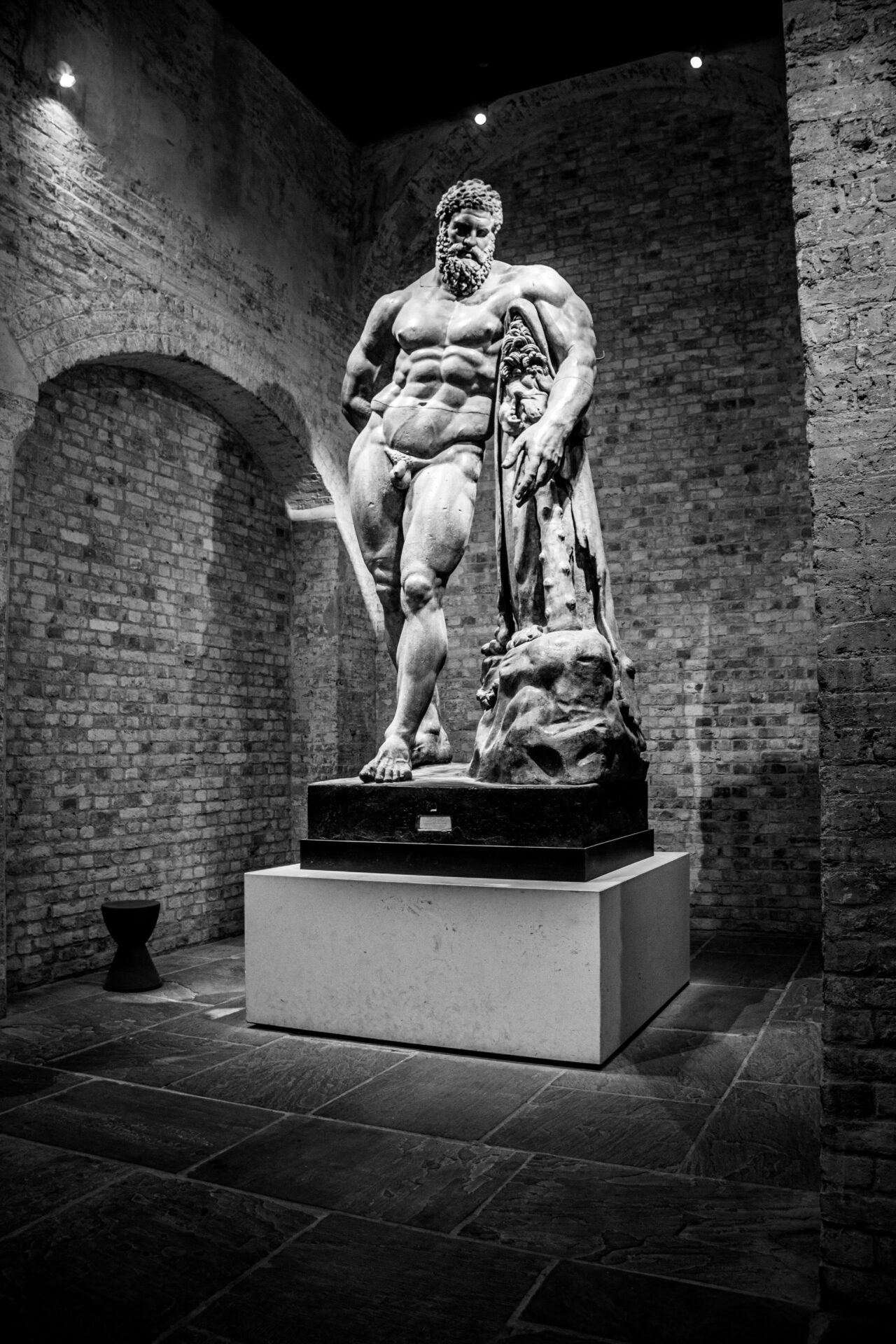
Waves, Ships, and the Call of Adventure
I looked out over the Thracian Sea and watched small fishing boats return at dusk. Their hulls bobbed on the dark waves, almost as if the sea itself wanted to keep them.
Ancient mariners sailed these same waters, trusting the stars and the unpredictable moods of the sea gods. Sometimes I wonder if they ever felt as nervous as I do when storms roll in.
This land feels forever tied to ships and stories of journeys and risks. The legend of Odysseus drifts into my mind as I explore quiet harbors.
Modern ferries glide past old wooden boats, and it’s such a strange mix of old and new. Sometimes the wind shifts out of nowhere, whipping up whitecaps—like Poseidon’s temper is still lurking nearby.
Locals say the waves at night can make anyone dream of adventure. I think they’re right.
It’s easy to picture ships setting out for distant lands, the wind both a blessing and a threat. For me, that salty air and the old stories tangled together, making every shoreline visit stick in my memory.
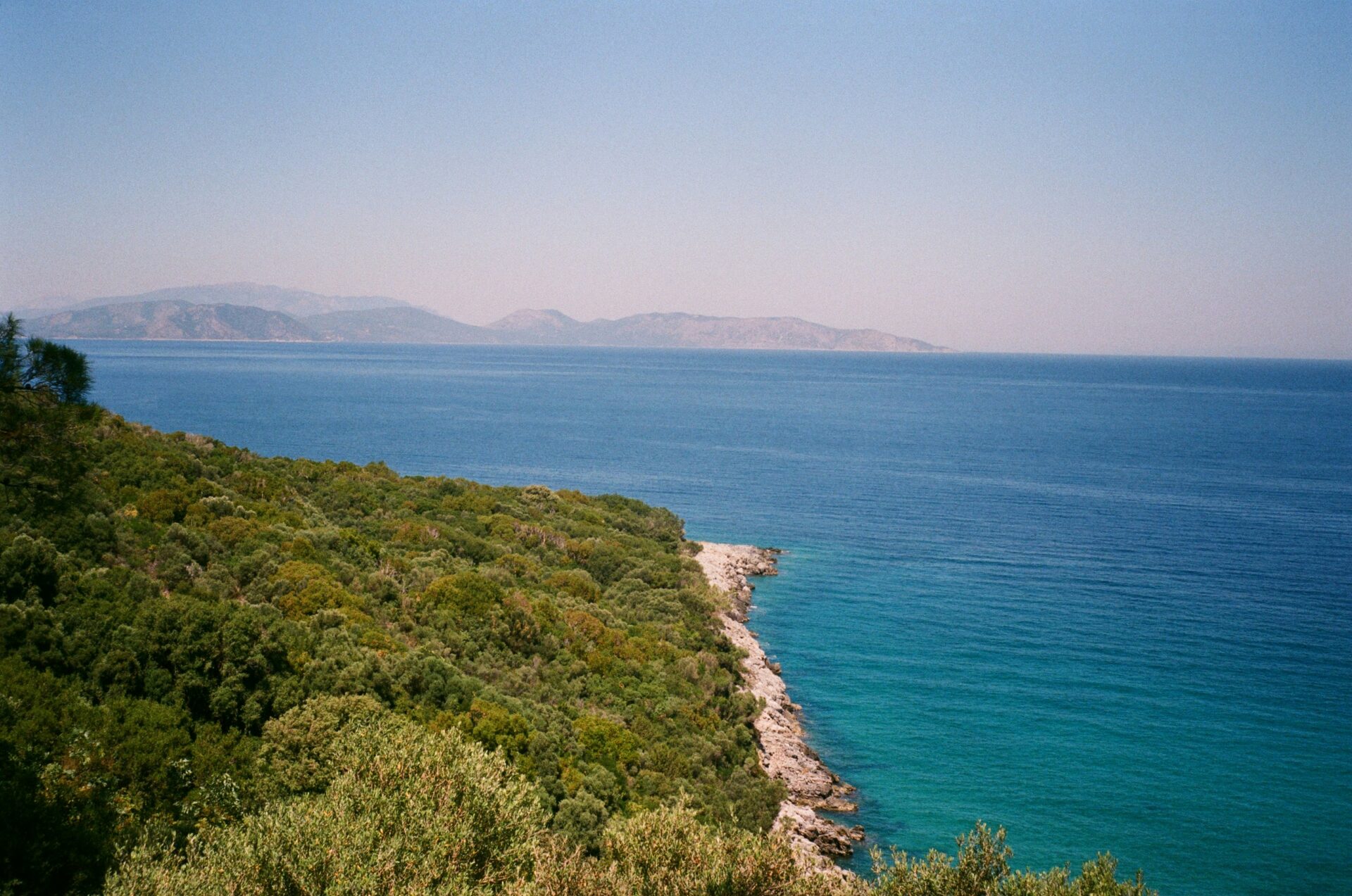
Literary Footprints: Thrace in Classics and Epics
Thrace pops up everywhere in the classics—epic battles, clever philosophers, and this strange blend of east and west. I walked where ancient heroes, poets, and thinkers once wandered.
Their world circled around the very places I explored, which is kind of wild to think about.
Thrace’s Role in the Iliad and Trojan Tales
As I walked through Thrace, I couldn’t help but remember its place in the Iliad and other Trojan stories. Thrace isn’t just a background; it’s where Trojan allies gathered, where wild horses thundered across the plains.
Homer describes Thracian warriors fighting next to Hector, following their king, Rhesus.
Most of the action happens around Troy, but Thrace always feels close—near enough for intrigue, far enough for a bit of magic. The Trojan War carries echoes of Thracian involvement, and Rhesus’ tragic fate lingers as a warning about what war costs.
I wandered through Thracian fields and let these stories fill my mind. Looking at the riverbanks, I tried to picture what it felt like to live in a world so close to myth.

Virgil, the Aeneid, and the Imprint of Fate
The winding paths in Thrace made me think of Aeneas after Troy’s fall. In Virgil’s Aeneid, Aeneas travels through Thrace searching for a new beginning.
Standing here, the layers of the land feel heavier—like fate, loss, and hope all get mixed up in the dust.
Fate drags Aeneas into a Thrace haunted by old memories. He tries to build a city here but omens stop him, making it clear the past shapes every step forward.
I stopped at old ruins and felt that same sense of unfinished journeys. The legends still whisper in Thrace’s breezes, telling of travelers who shaped the destinies of both Greeks and Romans.

Remnants of Socratic Thought and Hellenic Ideals
Thrace isn’t just about warriors or wanderers. Its ancient cities once rang with the voices of philosophers.
I wandered through the region, chasing after Socratic thought in old stones and weathered city walls. Socrates had connections here—his students and their stories reached these lands.
You can still spot Hellenic ideals—courage, wisdom, hospitality—in the way people in Thrace welcome strangers or argue (sometimes loudly) in cafés. This place has always acted as a bridge between east and west, mixing up cultures and philosophies.
As I traveled, I noticed how those Hellenes managed to balance old traditions with fresh discoveries, just like modern Thrace does now. The ancient thinkers might be long gone, but honestly, their spirit hangs around in the landscape and in daily life.

